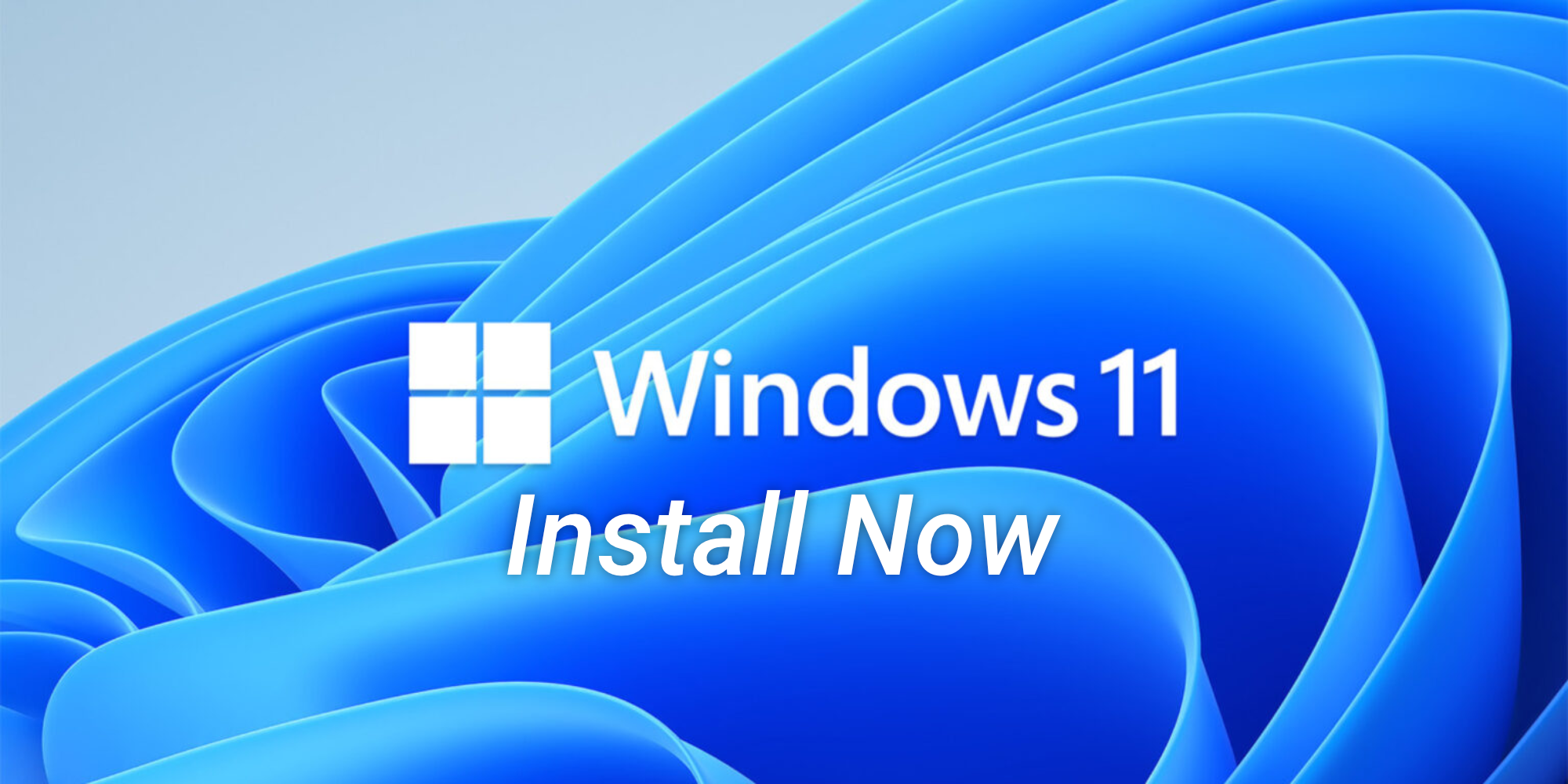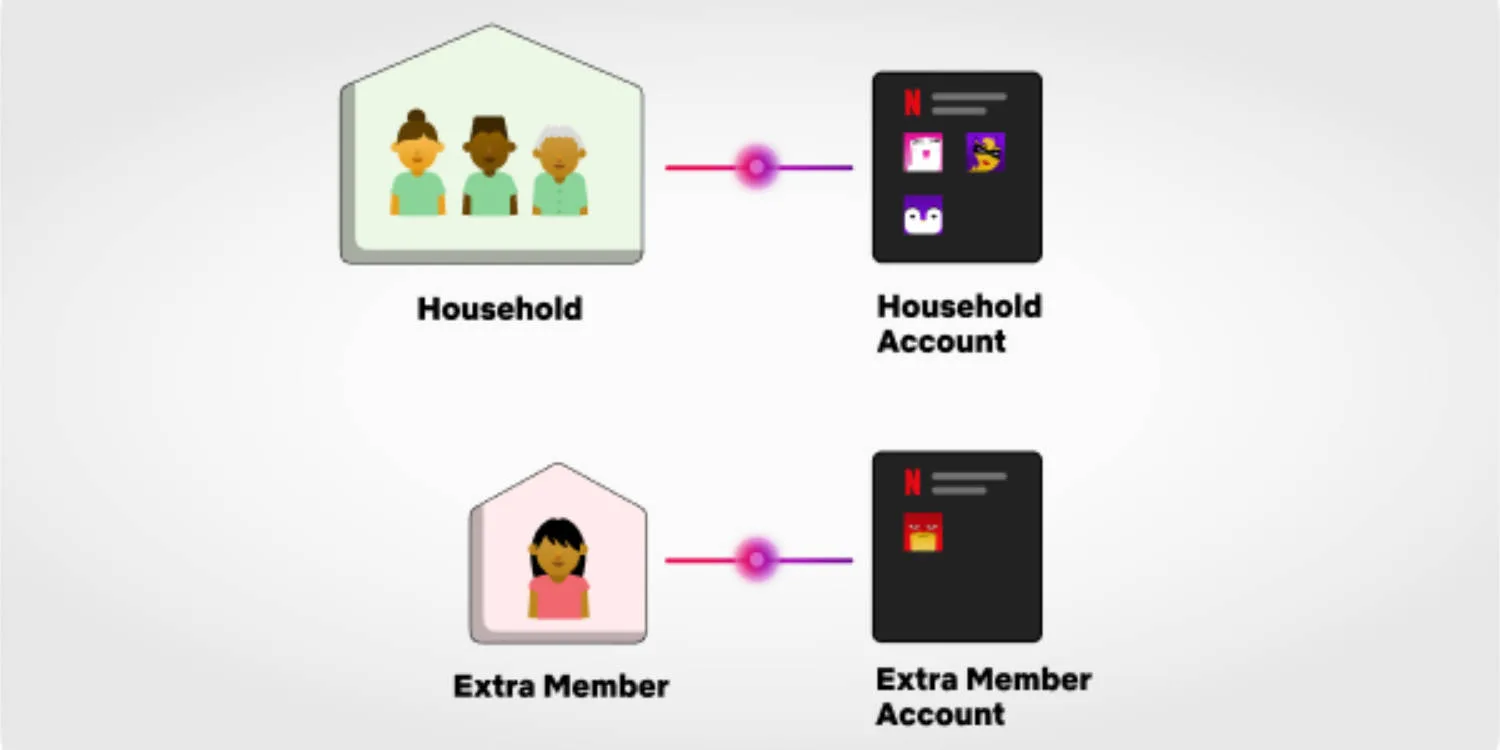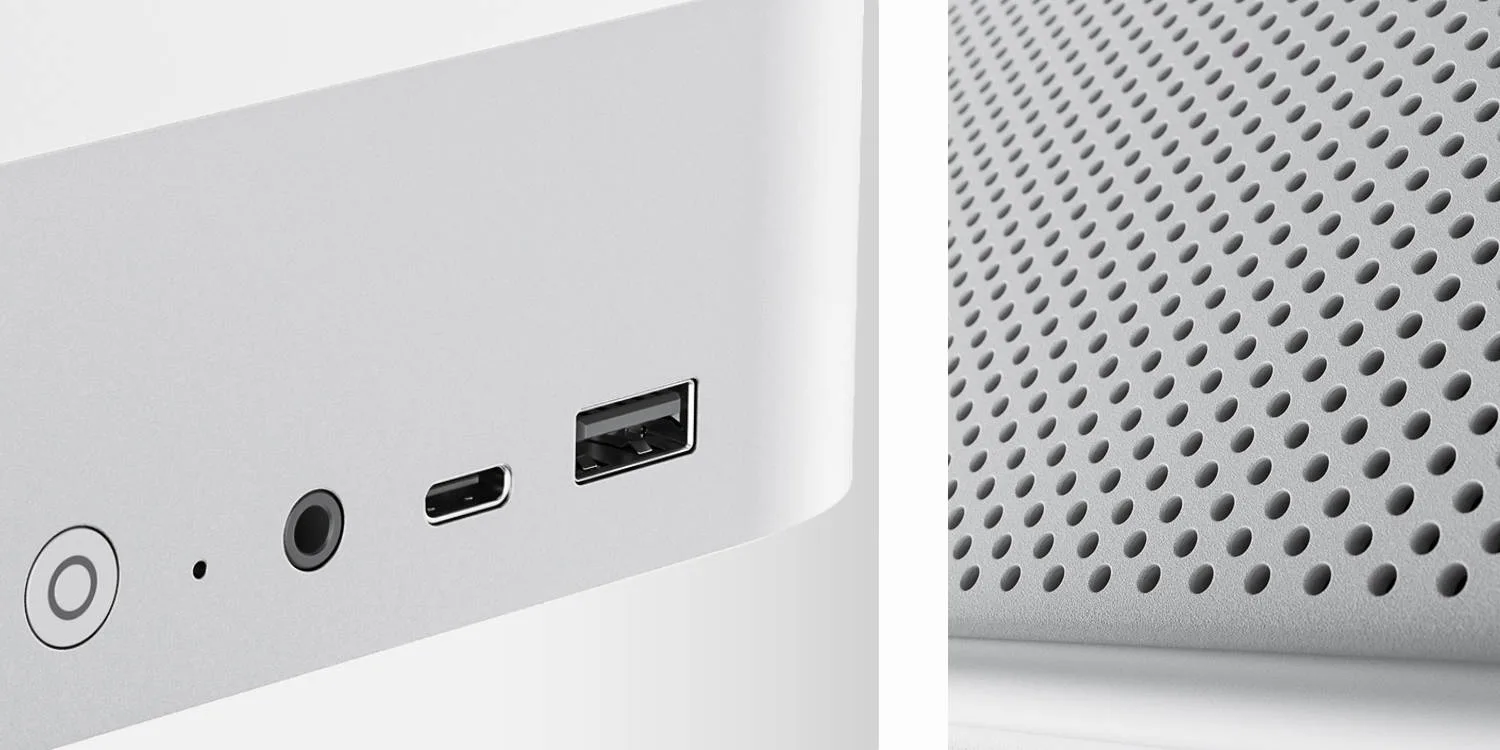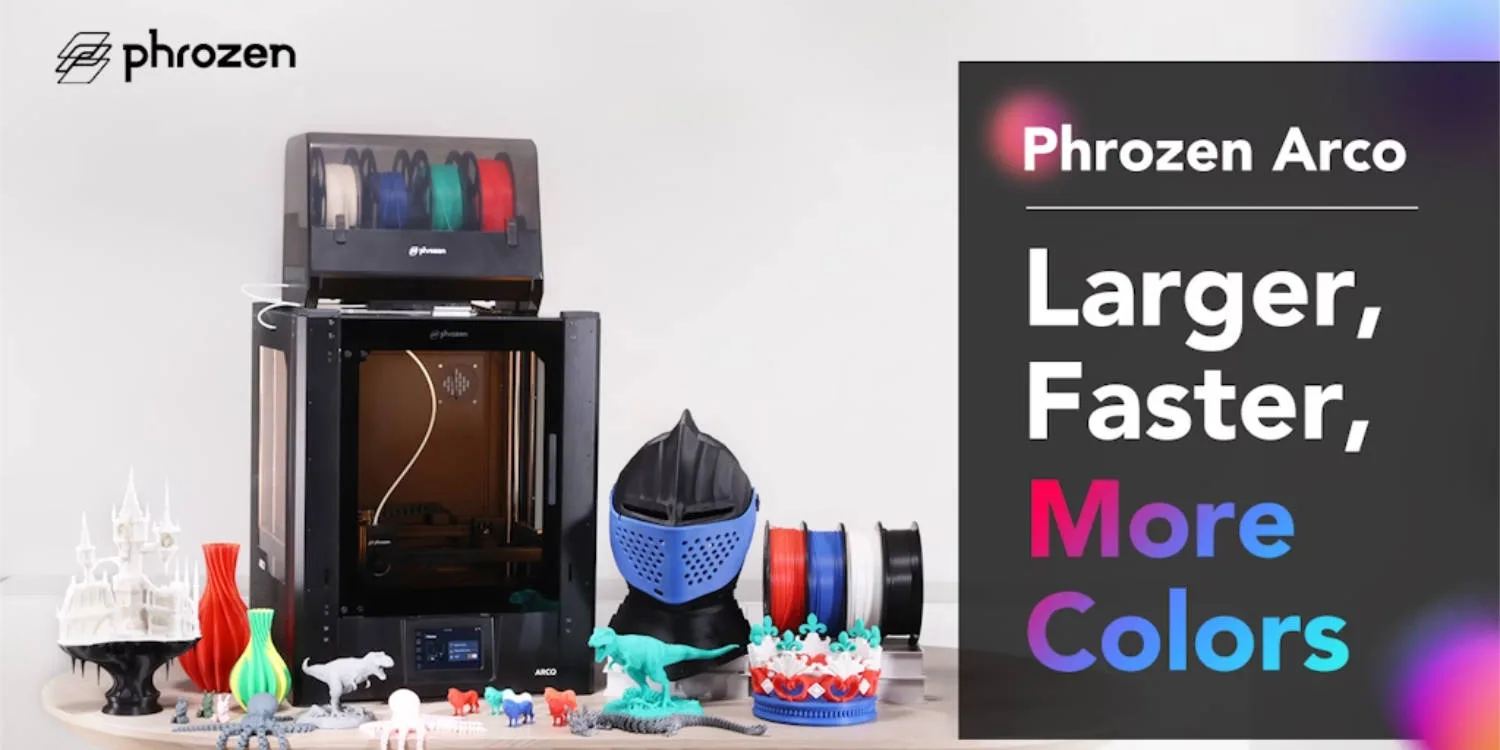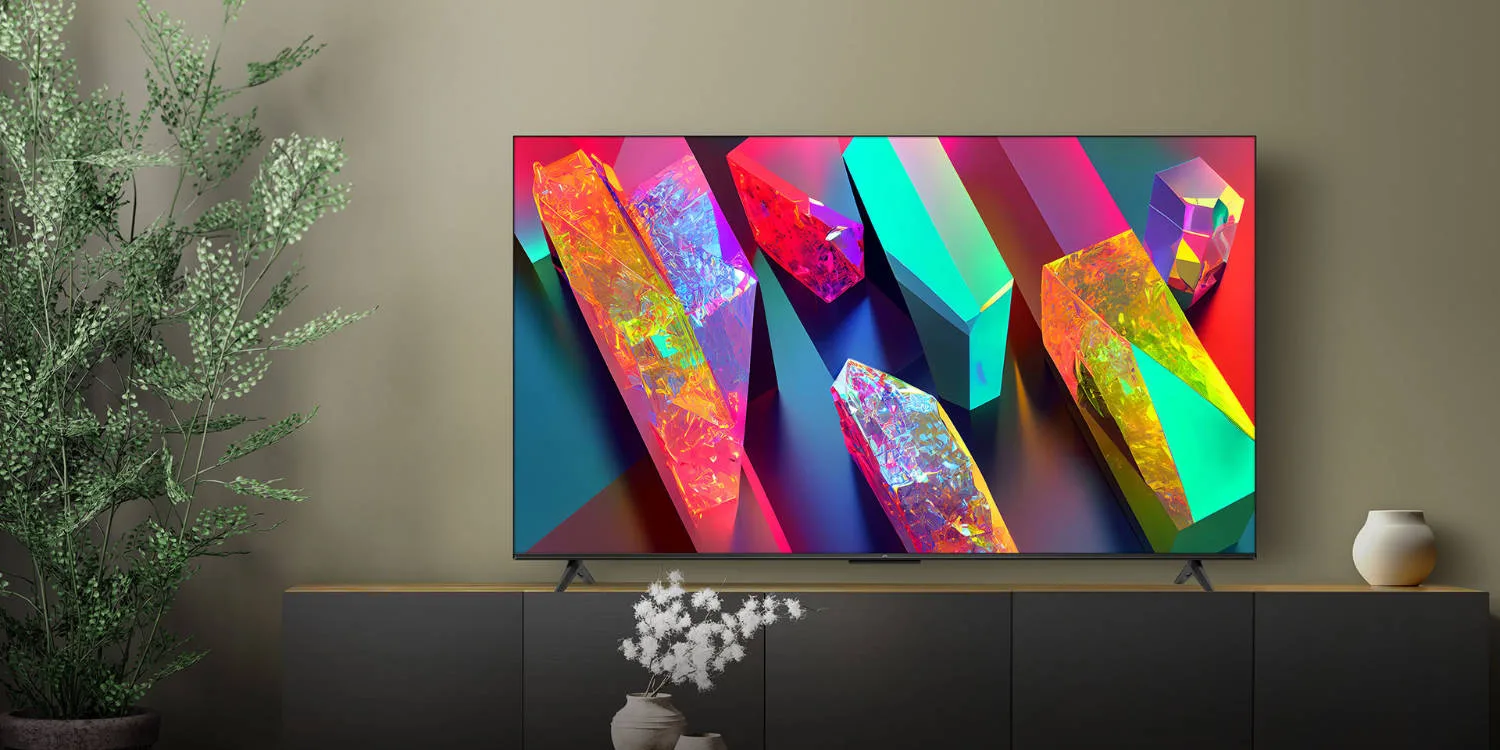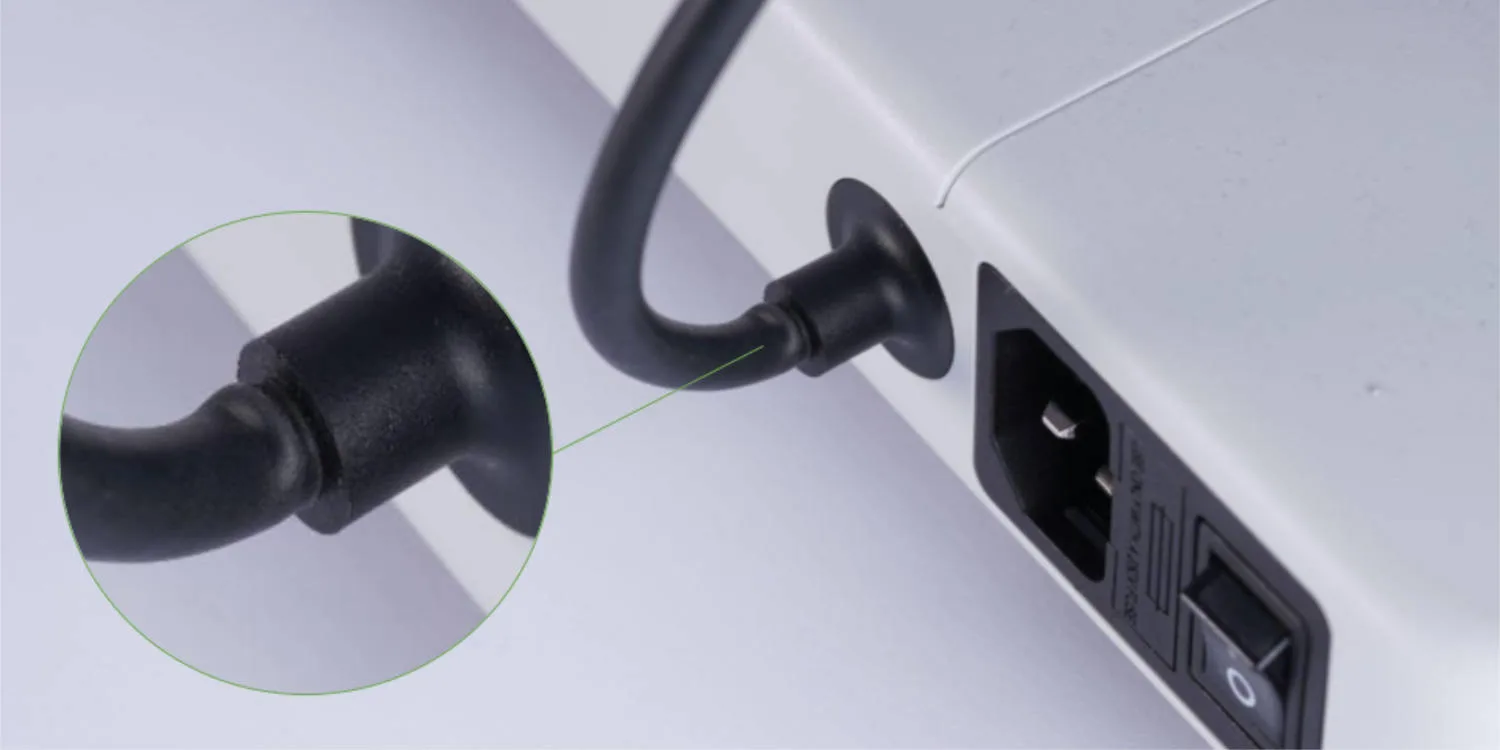Windows 11 has officially been released by Microsoft, allowing users to download it before it hits their PCs. To do so you will have to create a bootable Windows 11 USB drive and install a clean version of the operating system onto your PC. So only do this if you don’t mind losing some data or have everything in the cloud.
Create the installation media
- Make sure you’ve backed up any files on your device that you wish to save onto an external storage device such as a USB drive, SD card, or external hard drive, or upload your files to OneDrive. Note: If you use an external storage device to back up files, make sure it’s a different one than the one you’ll be using to download Windows 11 installation media.
- Download the Windows 11 installation media to a separate 8GB-sized external storage device. Everything on this drive will be deleted to complete the download, so make sure it’s empty before you proceed. Here’s how:
- On a working PC, go to the Microsoft software download website and select Download tool now.
- When the download is complete, open the tool from your desktop, and then select Yes when asked if you’d like to allow the tool to make changes to your device.
- When the Windows 11 Setup guide appears, accept the license terms and agreements.
- Select Create installation media (USB flash drive, DVD, or ISO file) from another PC, and then select Next.
- Choose a language, edition, and architecture (64-bit or 32-bit).
- Follow the steps to create installation media, and then select Finish.
Use the installation media to perform a clean install
Connect the installation media you created to your PC and perform a clean install of Windows 11.
- Select the Start > Settings > System > Recovery.
- Next to Advanced startup, select Restart now.
- Select Use a device, and then choose the device corresponding to the external storage device you’re using.Note: If the Use a device option isn’t available, visit your device manufacturer’s website for details on how to boot from a USB flash drive.
- When the first Windows screen appears, choose the options that best suit your needs, and then select Next.
- Select Install now, and then check the I accept box. Select Next, and then select Custom: Install Windows only (advanced). Your device will now display a list of drives and partitions. If multiple disks are displayed, you’ll only need to delete all partitions from the disk where you want to install Windows.
- Highlight each drive/partition in the list and select Delete. When the Windows Setup notification appears, select OK.
- Complete step 5 for every drive in the list except the one that says Unallocated Space. When you’re finished, only Drive 0 Unallocated Space should remain.
- Select Next.
- The Windows setup screen will now display Installing Windows. When the installation is complete, your device will restart. When this happens, it may try to restart from the external storage device. If the initial Windows setup screen requests you choose you language/keyboard layout, remove the external storage drive from your device and select OK. This will restart your device.
- Once the installation is complete and your device has restarted, select the preferences and settings you’d like for your device.
You might like
Source: Microsoft
